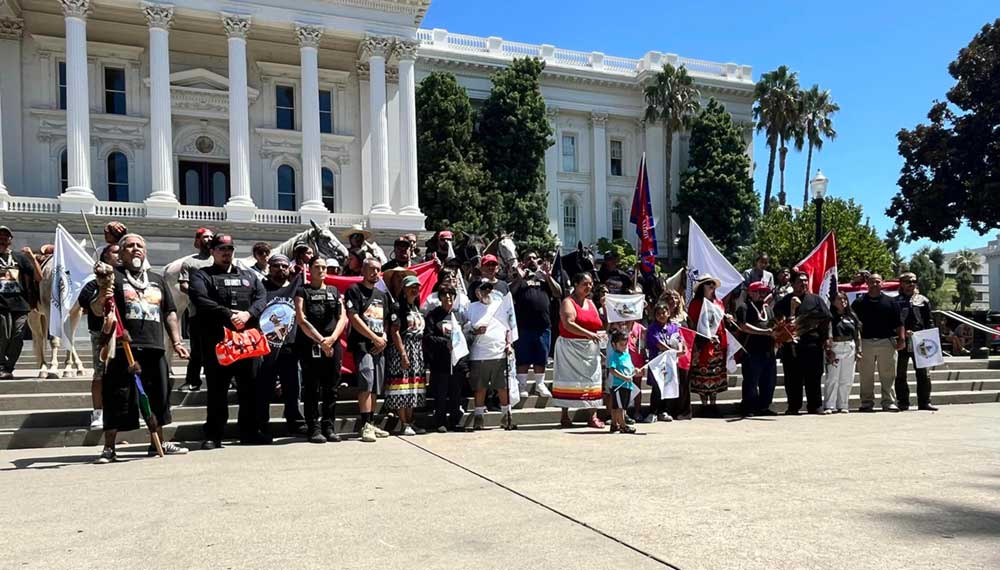European Colonial Conflicts – How Native Americans Were Caught in the Middle
European Colonial Conflicts – How Native Americans Were Caught in the Middle June 2024
The traditional historical narrative tells us that the European and American settlers came to North America, settled on the East Coast, and began their westward movement across the continent. The first settlements in the East initially treated the Natives with some degree of respect. Although, they were viewed as “savages” nonethess, the White men realized that without their help and support, the continued existence of the settlements was in doubt. The land was new and the skills needed for survival were in many ways different from the experience and knowledge of the settlers. There was a lot to learn from the Natives and the only way to acquire this knowledge was by appearing to be willing to co-exist with them.

The Migration to the West
The wagon trains that slowly crossed the continent came across various Native American tribes, each with its language, culture, and ways of dealing with outsiders. These settlers either tried to negotiate safe passage with them or fought their way West. Popular history tells us that the U.S. cavalry was always there to charge in and save the settlers from Native attacks, or, if they were too late, to destroy the tribal settlements to avenge the death of the settlers and the destruction of their property. But the reality is that it was not quite as straightforward as that. The Natives were not the only enemies of the settlers and it often came to pass that the Natives were needed to provide support to settler groups against their other enemies.
The “Other Enemies”
The wealth of the New World made it a very attractive resource for the various European powers that were struggling for dominance in the 17th and 18th centuries. The struggle carried over to the New World. France, Spain, England, and the Netherlands all wanted a piece of the pie, and one of the most effective ways to ensure that they got the biggest slice they could was to enlist the help of the Natives, who not only knew the resources available and how to use them but were also adept in the hit-and-run fighting tactics that were so effective in the wide-open spaces of the continent. Hurting the enemy, leaving, regrouping, and attacking again was highly effective. The various European powers needed the help of the Natives to be successful against their traditional rivals.
Fight with Us or Die Against Us
Native American tribes were often caught in the middle of these conflicts. Their neutrality was unacceptable to either side. If a tribe did not align itself to fight with one of the European powers, it was treated as part of the enemy forces and destroyed. If a tribe was aligned with the losing side in a conflict, it was the enemy of the winning side and had to be treated as such – subjugation, domination, and forced assimilation were the natural progression. If a tribe was aligned to the winning side, things were no better. Victory meant that control had to be exercised and allowing a tribe to retain its culture and way of life threatened that control. It could not be allowed and so once again subjugation, domination, and forced assimilation were the solutions. It was a no-win situation for the Natives.
The decimation of the Native American tribes and their ways of life was not just about the need for the settlers to find more space. It was also a carryover of the old European conflicts and prejudicious against minority populations that the Natives were not aware of and in which they had no interest. However, that did not spare them from being dragged into the fighting and in the process losing a lot of their land, lives, and culture.
Today, Native Americans are fighting to re-establish their traditional identities and their rights within the framework of the modern United States. The resilience of the Muwekma Ohlone community is a case in point. The tribe’s website provides more information about the growing respect, honor, and solidarity with the Muwekma Ohlone community. It’s a good place to learn more about the real history of colonial America.
For more information:
Please Read:
Bury My Heart at Wounded Knee: an Indian History of the American West by Dee Brown
Indian Givers: How Native Americans Transformed the World by Jack Weatherford
When the Great Spirit Died: The Destruction of the California Indians 1850-1869 by William B. Secrest